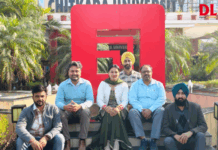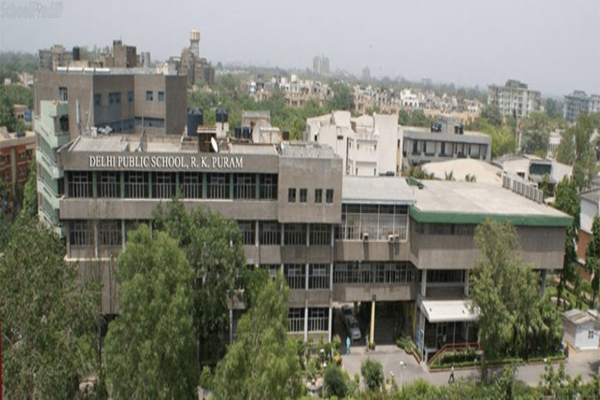Intel Corporation is using computers and wireless technology to help 200,000 residents of Oseem, Egypt and provide vast 'knowledge resources' on the Internet.
Intel Chairman, Craig Barrett is bringing technology to people from the Amazon to Africa. According to Craig Barrett, Intel is committed to support Egypt's leaders in accelerating access to technology, so that people can get better health care, education and work skills. Intel has installed a state-of-the-art WiMAX network to connect two public schools, a health care center on wheels, a municipal building and an e-government services kiosk. Intel has also donated and installed computers in the mobile health center and PC labs at the two schools where students and teachers can regularly connect to the outside world for the first time. Intel's new programs focused on improving education and accelerating access to computers and the Internet. Intel's Platform Development Center in Cairo has contributed to the development of the computers in the e-government kiosks and schools. All the PCs would be equipped with educational software supported by the Ministry of Education and Microsoft XP Professional Edition, Microsoft Office 2003 Small Business Edition and Learning Essentials software donated by Microsoft Corporation. Intel is also planning to train 650,000 teachers in Egypt by 2010 and teach them how to apply technology to enhance classroom learning with 60,000 teachers trained to date. This is the first time, the Intel



















